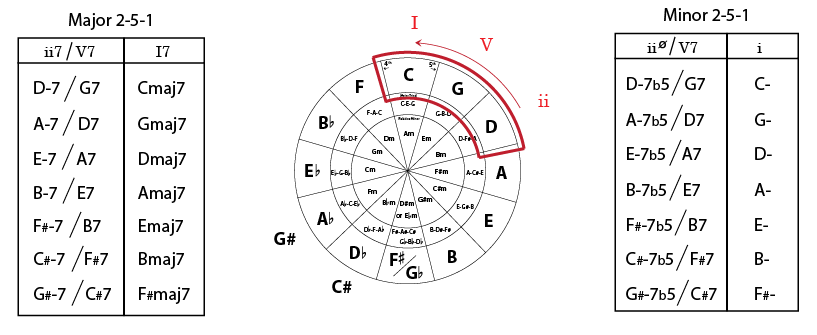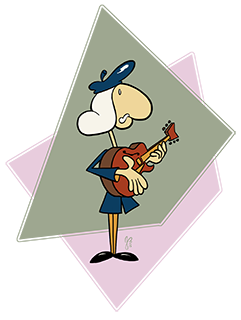This should help me:
- Learn the intervals of a scale -- how many steps to the next note.
- Learn the names of the notes for each particular scale in each key.
- Get the sound of the scale in my ears.
Wes Montgomery did a lot of soloing this way, going lengthwise up and down the neck. He was more apt to move up and down the neck horizontally instead of work in one position and articulate vertically. It's certainly easier to perform his trademark octave runs this way.
It's important to practice them descending as well as ascending, and practice them on every string.




 RSS Feed
RSS Feed
